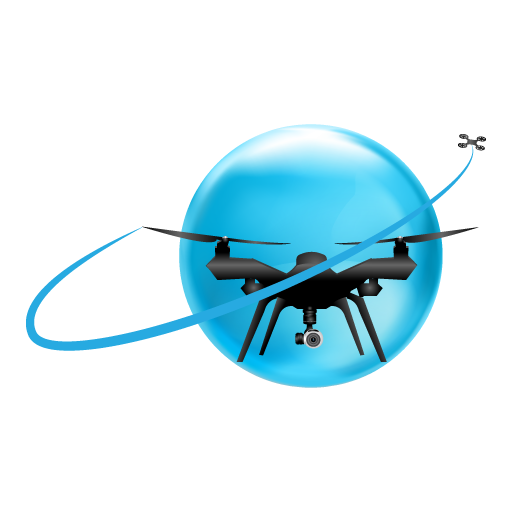When you think of a gimbal, you might think of a camera on a drone. Drones use 3 axis gimbals to keep the camera level, no matter how the drone moves. But did you know that there are also single-axis gimbals?
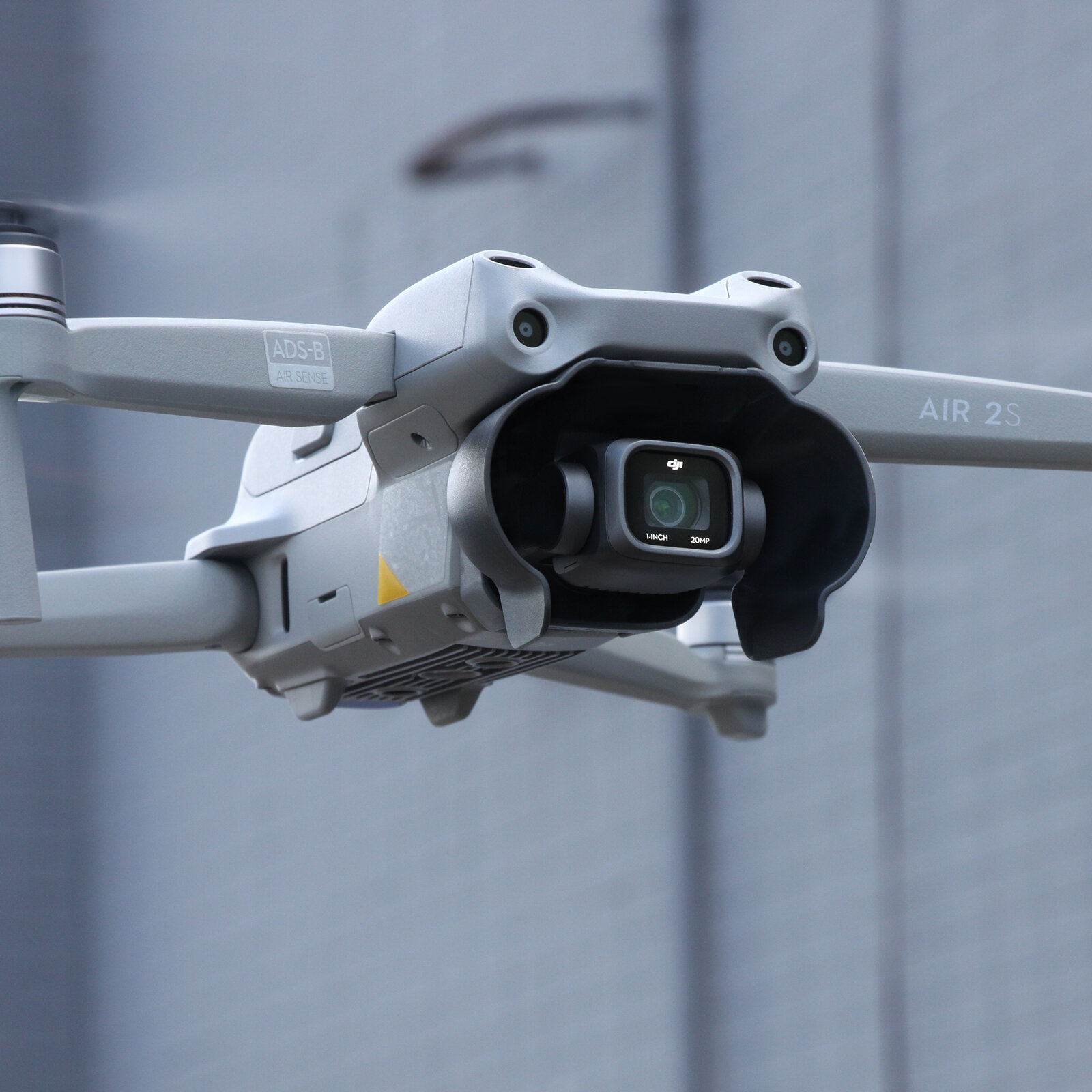
3-axis Gimbals, What is it, and How it Works?
Real expensive cameras and drones need to be steady while taking shots. The device used to object level and steady, even when there is movement, is called a 3-axis gimbal. This is especially important for drones because they often fly in windy conditions and need to stay level to get clear photos and videos. The 3-axis gimbal has 3 motors that each control one of the 3 axes of movement: yaw, pitch, and roll. These motors work together to keep the drone’s camera pointing in the same direction, no matter what happens to the drone itself. This allows the drone operator to focus on flying the drone without worrying about the camera shaking or getting blurry footage.
What is the difference between 2-axis and 3-axis gimbal?
3 axis gimbal is a motorized device that stabilizes your camera to produce smooth and professional-looking videos, even when you are moving around. It uses 3 motors to correct in 3 dimensions – up/down, left/right, and back/forth. This allows for highly stable video footage, even when you are moving around a lot or in shaky conditions. 2 axis gimbals only have 2 motors, so they can only correct in 2 dimensions – up/down and left/right. This means that they are not as effective at stabilization as 3-axis gimbals, but they are still better than not using a gimbal!
Which drone has the best 3-axis gimbal?
Drones with 3 axis gimbals are the best for taking pictures and videos. The 3 axis gimbal helps to keep the camera steady, even if the drone is moving around. This means you can get clear pictures and videos without the camera shaking. There are many types of drones with 3-axis gimbals, but some of the best include the DJI Mavic 3 Pro and the Autel Robotics EVO 2 Pro Drone. These drones both have high-quality cameras and offer smooth and stable footage. If you’re looking for a drone with a 3 axis gimbal, these are two of the best options on the market.
Gimbals are unique because they help keep the camera still. The DJI Mavic 3 gimbal is extra special because it has 3 axis at its best’. This means it can rotate the camera around 3 different axes. The gimbal is also truthfully good at keeping the camera level, even if the drone is tilted. This helps you get smoother video footage.
The Autel Robotics EVO 2 Pro gimbal is unique because it has a 3-axis gimbal that can rotate 360 degrees. This means that it can keep your camera level no matter what position you’re in. It also has a 4K Ultra HD camera that takes great pictures and videos. The gimbal is also compatible with various accessories so that you can use it for different types of photography and videography.
Which is the best 3-axis gimbal stabilizer device?
3-axis gimbals are devices that are used to keep a camera stable while it is recording. They are especially important for drones because they
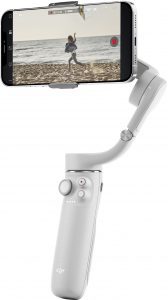
help reduce the shaking and jittering that can occur when the drone is in the air. There are various 3-axis gimbals on the market, but some of the best include the Ronin 2 3-Axis Handheld/Aerial Stabilizer for movie making, the DJI RS 3 Combo for DSLR and Cameras, and the DJI OM 5 for cell phones. These gimbals offer excellent stability and smoothness, making them ideal for capturing high-quality video footage. If you are looking for a 3-axis gimbal for your device, then one of these 3 options will meet your needs.

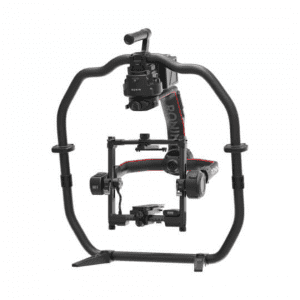
Is there a 4 axis gimbal?
Yes, 4-axis gimbals are available, but they are less standard than 3-axis gimbals since they typically add bulk and complexity to the device. Some 3-axis gimbals can also be configured to function as a 4-axis gimbal by adding a roll-axis motor, but this is not as common.
A 3-axis gimbal is a device that helps to stabilize a camera or other object along 3 axes of rotation. This means that it can counteract movement along the x, y, and z axes. 3-axis gimbals are commonly used in video cameras, drones, and smartphone stabilizers. Many 4-axis gimbals also exist, which additionally stabilize along the roll axis. This can help compensate for movements such as tilting the camera up or down.
What is the difference between a gimbal and a stabilizer?
Gimbals and stabilizers are both devices that help to keep the camera stead. A gimbal is a 2, 3, or 4-axis stabilizer that helps to keep the camera level in all directions. On the other hand, a stabilizer only has two axes of stabilization. This means that it can only keep the camera level in one direction. For example, if you are using a stabilizer to film a moving object, the camera will still be able to move up and down, but it will not be able to move side to side. Gimbals are more expensive than stabilizers but are also more versatile and can be used in more situations.
Is a 2 axis gimbal good?
3-axis gimbals are generally better than 2-axis gimbals because they provide stabilization in 3 dimensions rather than 2. This can be helpful in many situations, such as when you are trying to take a video of something moving around. 3 axis gimbals are also generally more expensive than 2 axis gimbals.
How does a single-axis gimbal work?
Single-axis gimbals have very different purposes than a 2 or 3-axis gimbal. They are used to keep something level even when moving around a lot. For example, have you ever seen a ship with a giant lamp on the front? That lamp must stay level to keep shining light in the same direction, no matter how rough the waves are. And that’s where a single-axis gimbal comes in! It’s basically like a lamp stand that can rotate 360 degrees. The lamp is attached to the top of the gimbal, and the gimbal is attached to the ship. That way, no matter how much the ship moves around, the lamp will always stay level!
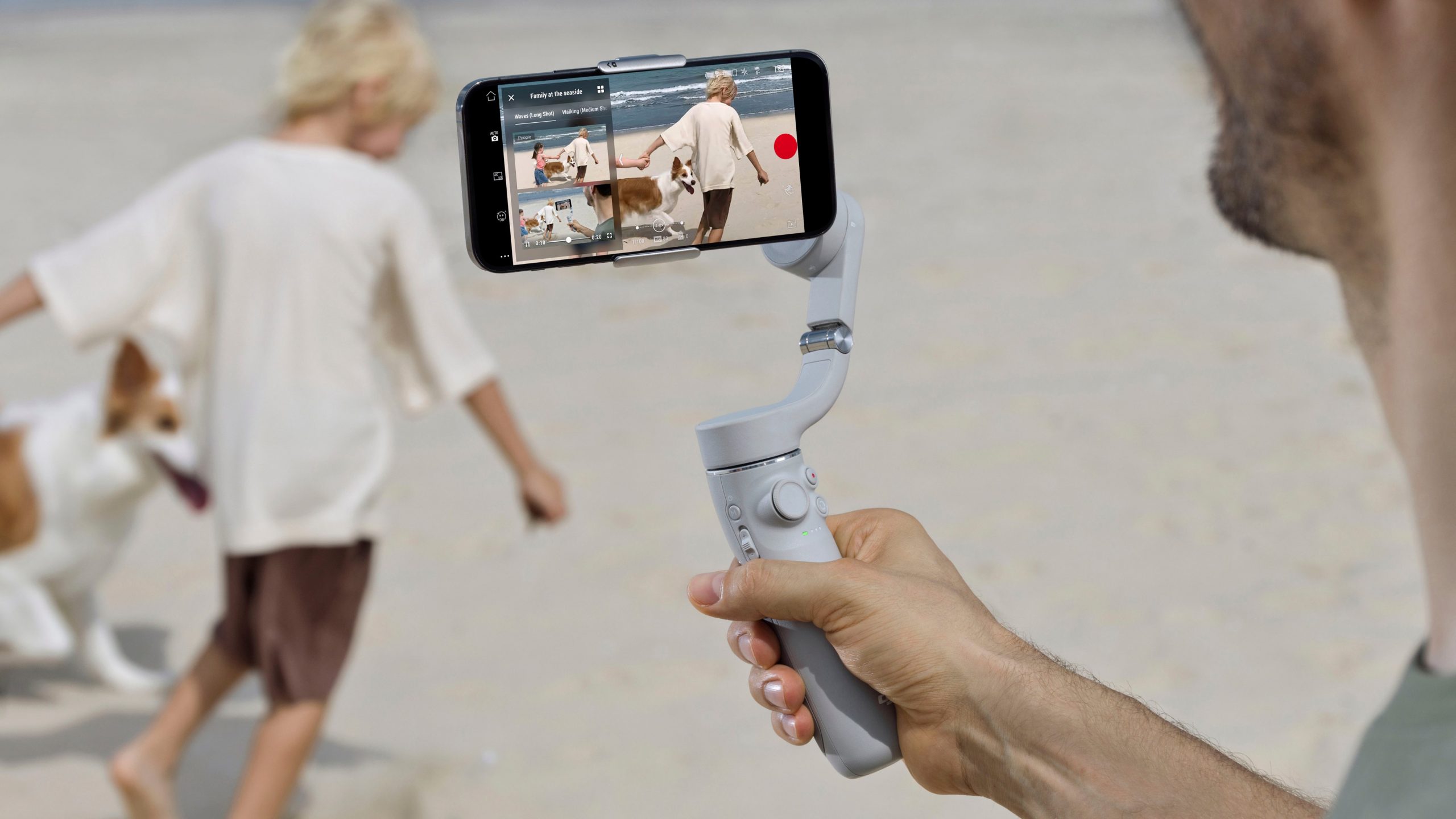
Does a gimbal make a difference?
Contents
